The Relationship Between Indigenous Peoples and Place Names
What is the relationship between Indigenous Peoples and place names? Indigenous place names carry knowledge that has been passed from generation to...
3 min read
Bob Joseph July 05, 2017
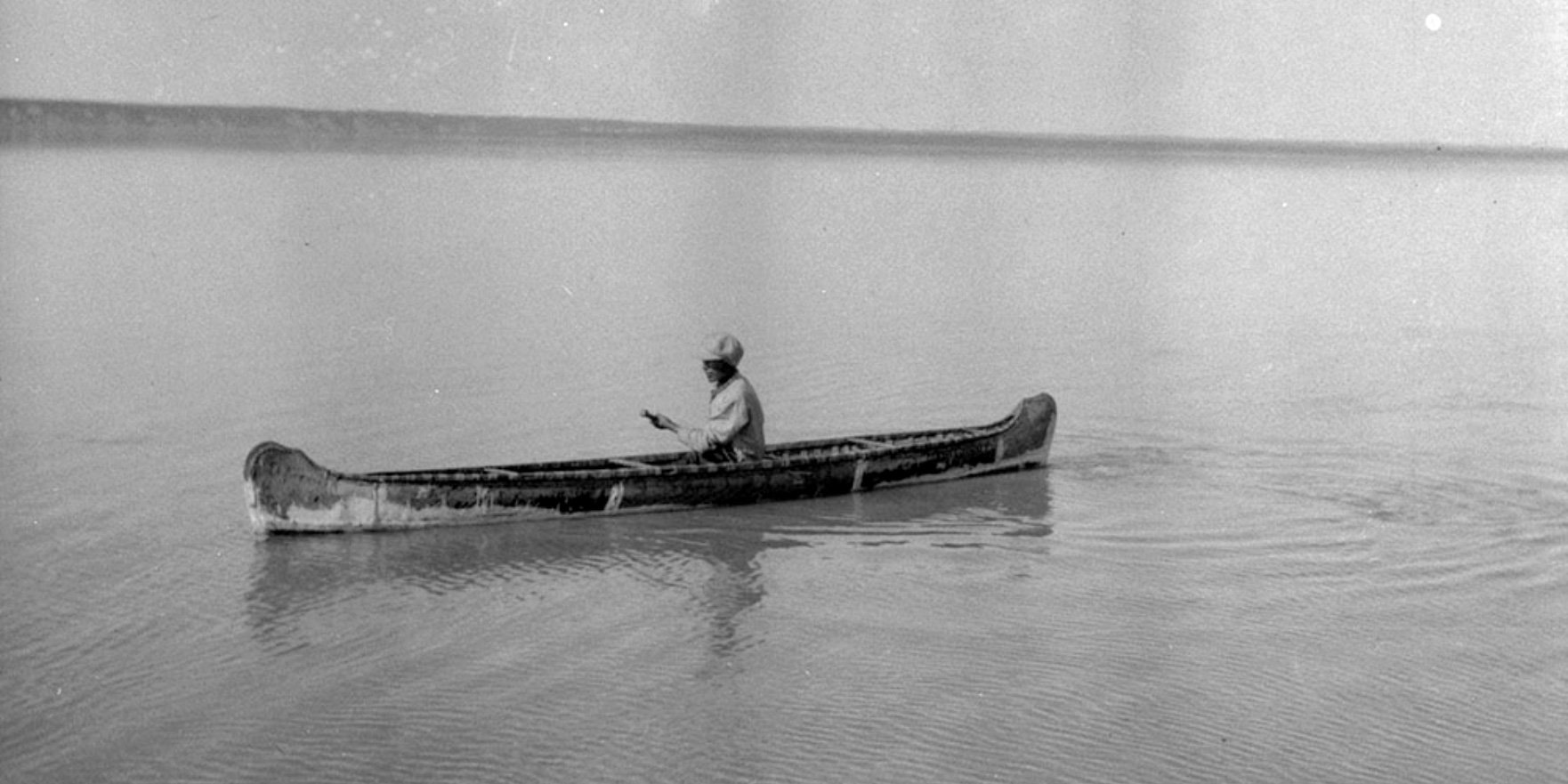
There used to be millions of us. Although there were no population counts, best estimates suggest that there were at least 40 million of us in the Western Hemisphere in 1491. In 1542, Las Casa, the first Spaniard to make a population guess said, “it looked as if God had placed all of or the greater part of humanity in these countries.
Market economies are not foreign to us. We created them ourselves. We traded goods over hundreds of miles. The Mayan had a complex trade network. How could corn be used all throughout the Americas before contact, if we did not trade? How could pipestone end up in our territory before contact when it only comes from Pipestone, Minnesota, if we did not trade?
Trade cannot be financed without capital. We had to build transportation methods such as boats. We had to build large public buildings and maintain armies to provide order. These required community investments that were based on a future return to the community and to individuals.
We had to create institutions to facilitate trade. From Alaska to California we agreed to a common trade language, Chinook. We recorded transactions relating to labour and goods. We achieved this because we created a system that was supportive and encouraged individual initiative. [1]
Prior to contact by European explorers, Indigenous Peoples throughout the Americas had extensive trade networks in place allowing for the movement of people, goods, services, and ideas over hundreds of miles at a time, which is contrary to the commonly held belief that Indigenous Peoples were living in isolated communities, limited by topography. How else could you explain Ramah chert (found only on the coast of Labrador) artifacts being discovered in the Maritimes, as far south as Maine, USA and as far west as Trois Rivières, Québec? This indicates that the chert tools were traded for items unavailable in the harsh northern Labrador environment. It also indicates vast travel and communication between geographically separate and culturally distinct groups.
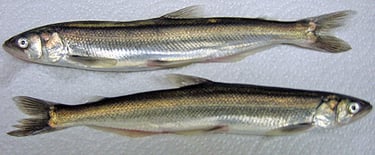
The Oolichan Grease Trail is another example of an extensive trade network. The oolichan, a Pacific coast fish found in the waters from Alaska south to northern California, was a valuable commodity traded extensively from the coast to inland communities along established trade routes, now known as “Grease Trails.”
The topography in reality did not so much limit trade as it influenced routes and modes of transport. In what is now known as Canada, pre-contact Peoples had neither iron, wheels or large pack animals ergo waterways directed which regions had the most expansive trade networks. Eastern Canada had extensive rivers and the Pacific coast had the ocean so those regions had the most robust, pre-contact trade networks; the canoe was the common mode of transport.
And then there is the jaw-dropping Inca road system which was constructed, by hand, without iron or wheeled transportation, prior to the arrival of Christopher Columbus. The trade route included bridges, causeways, stairways and crossed plains, deserts and mountains. The route was used for trade, to move armies, connect communities and included bridges, causeways and stairways; substantial portions of the network survive today.
Construction of the Inka Road stands as one of the monumental engineering achievements in history. A network more than 20,000 miles long, crossing mountains and tropical lowlands, rivers and deserts, the Great Inka Road linked Cusco, the administrative capital and spiritual center of the Inka world, to the farthest reaches of its empire. The road continues to serve contemporary Andean communities across Colombia, Ecuador, Peru, Bolivia, Argentina, and Chile as a sacred space and symbol of cultural continuity. In 2014, the United Nations cultural agency, UNESCO, recognized the Inka Road as a World Heritage site. [2]
The suggestion that pre-contact Indigenous Peoples lived in isolation from one another and did not engage in trade until the arrival of Europeans is simply a suggestion. When you look at the regions and see the extent of the Indigenous trade networks you start to see a more complex picture than primitive isolated cultures.
If you are interested in learning more about common myths related to Indigenous history and culture, we cover more on the topic in our Working Effectively With Indigenous Peoples® course.
[1] C.T. (Manny) Jules, Chief Commissioner, First Nations Tax Commission, 2008
[2] The Great Inka Road: Engineering an Empire
Featured photo: Dene man in a birch bark canoe, Northwest Territories, 1928. Photo: J. F. Moran / Department of Indian Affairs and Northern Development fonds / Library and Archives Canada / a102526-v8
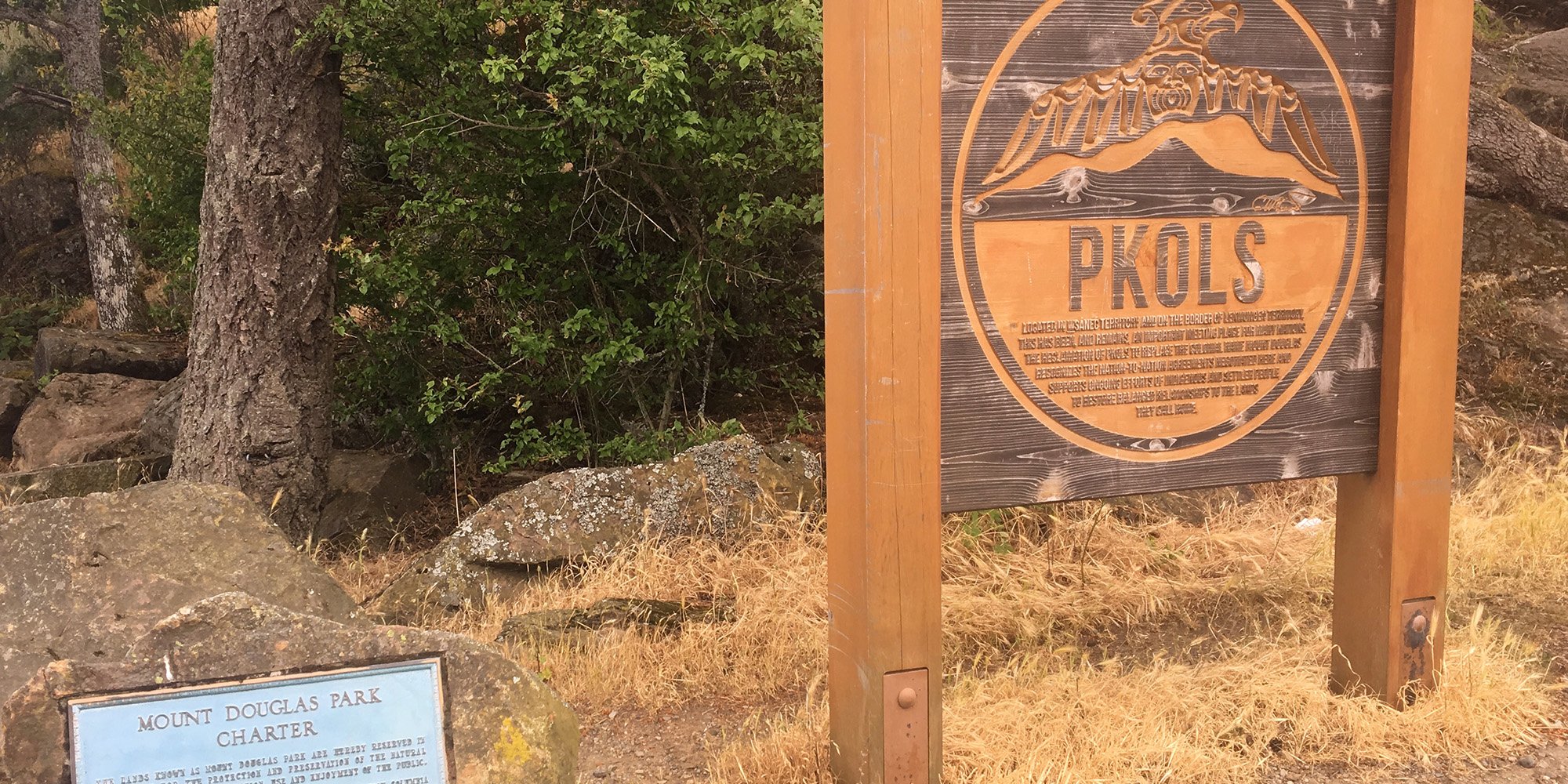
What is the relationship between Indigenous Peoples and place names? Indigenous place names carry knowledge that has been passed from generation to...
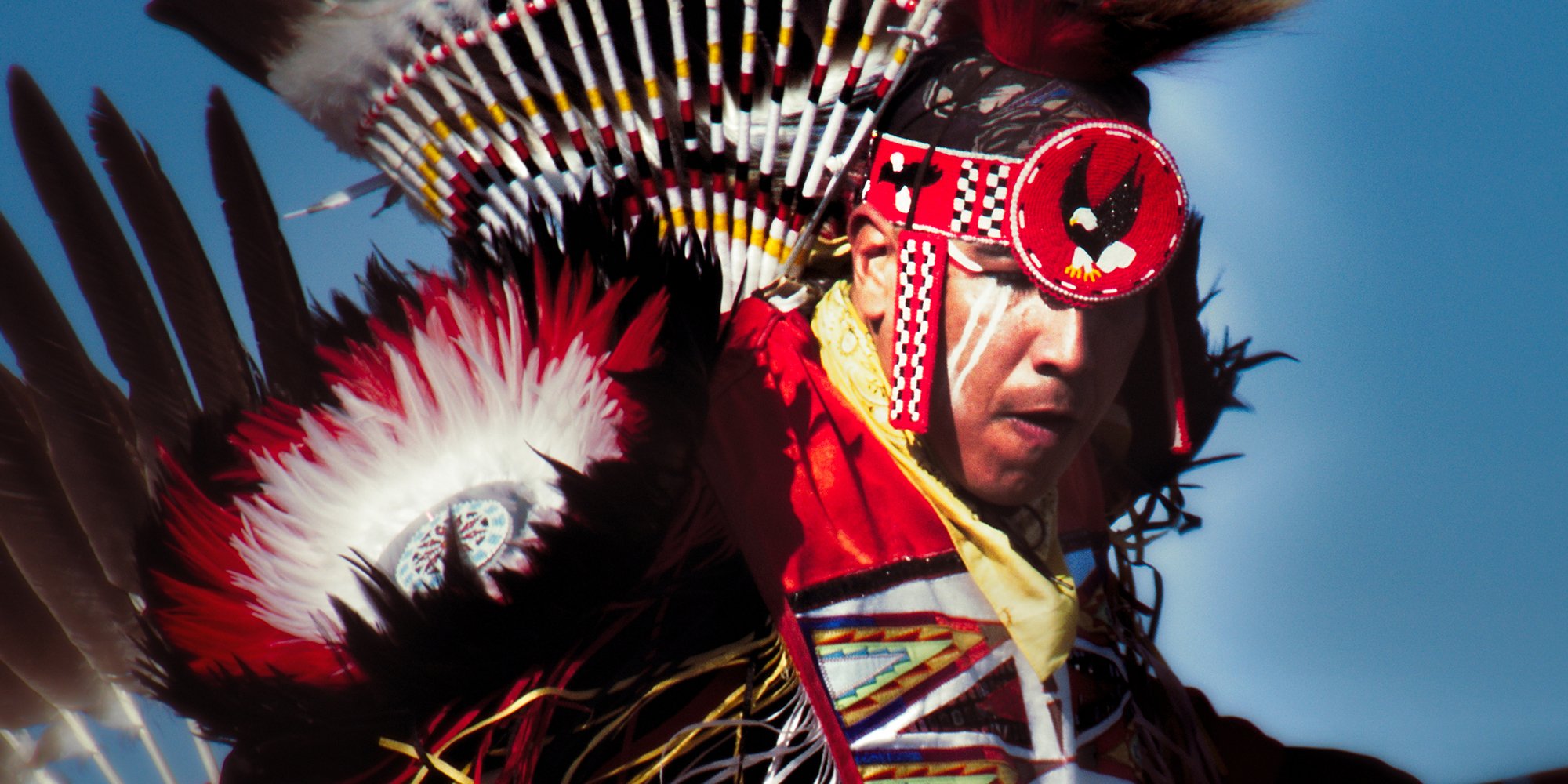
Indigenous awareness is a broad term – I know because my onsite and public workshops are dedicated to helping people understand the full extent of...
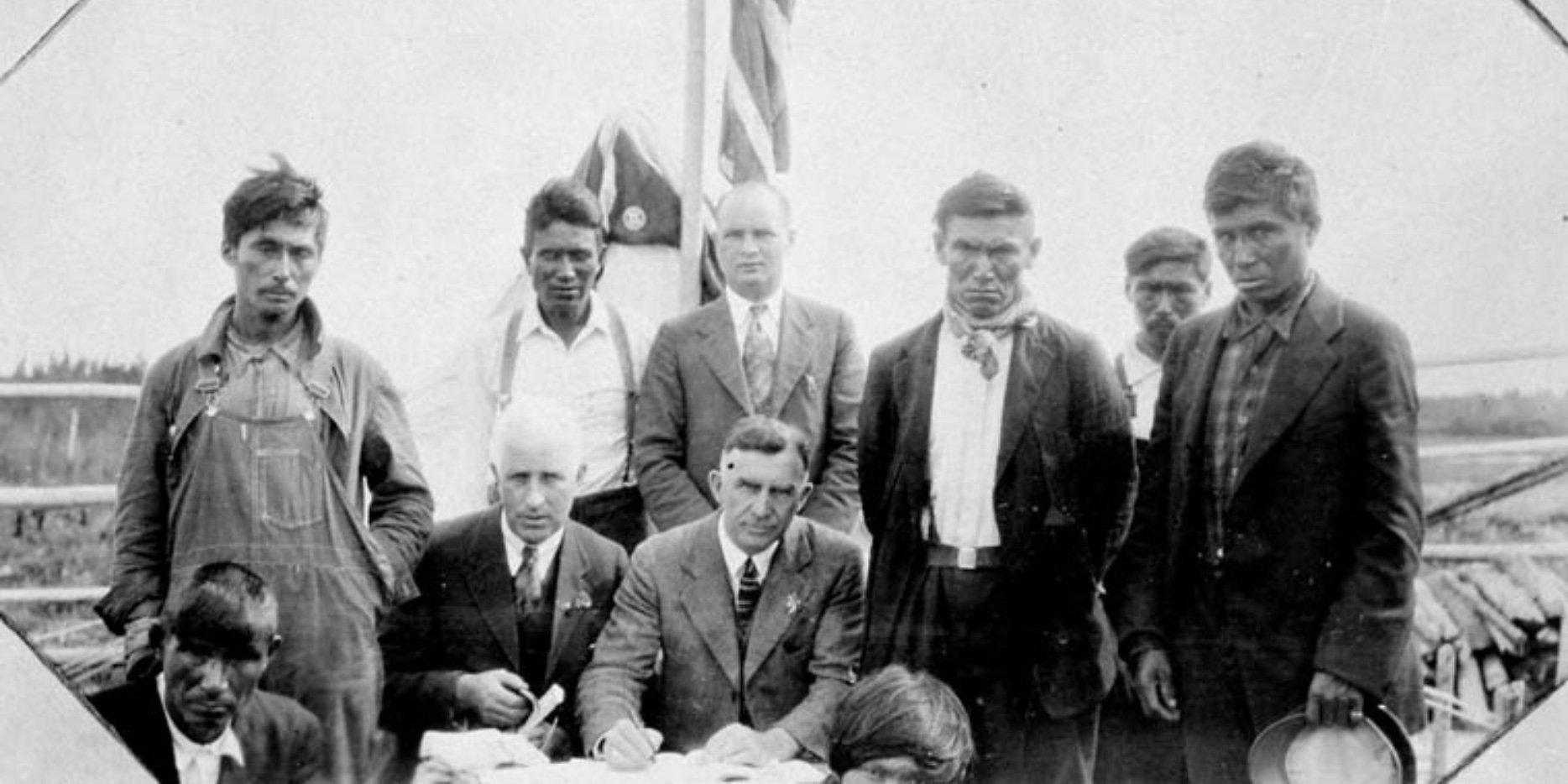
We have received requests to provide a description of the difference between historic and modern treaties. This article attempts to answer the...